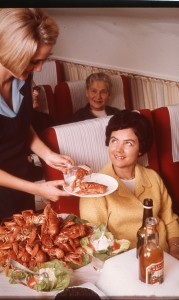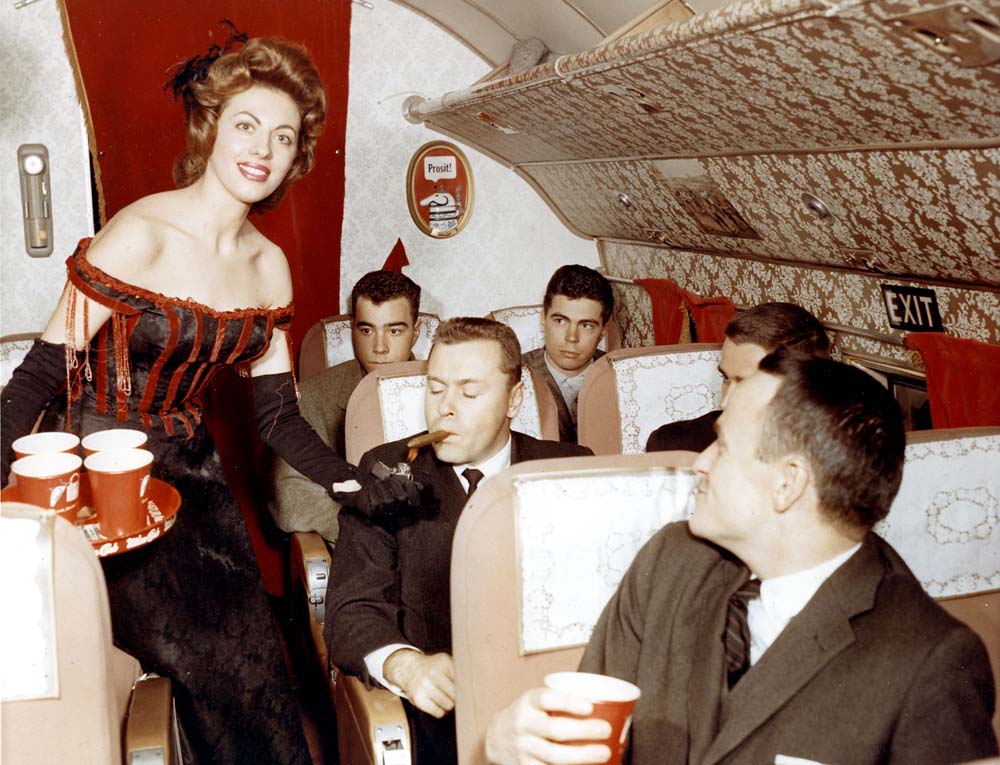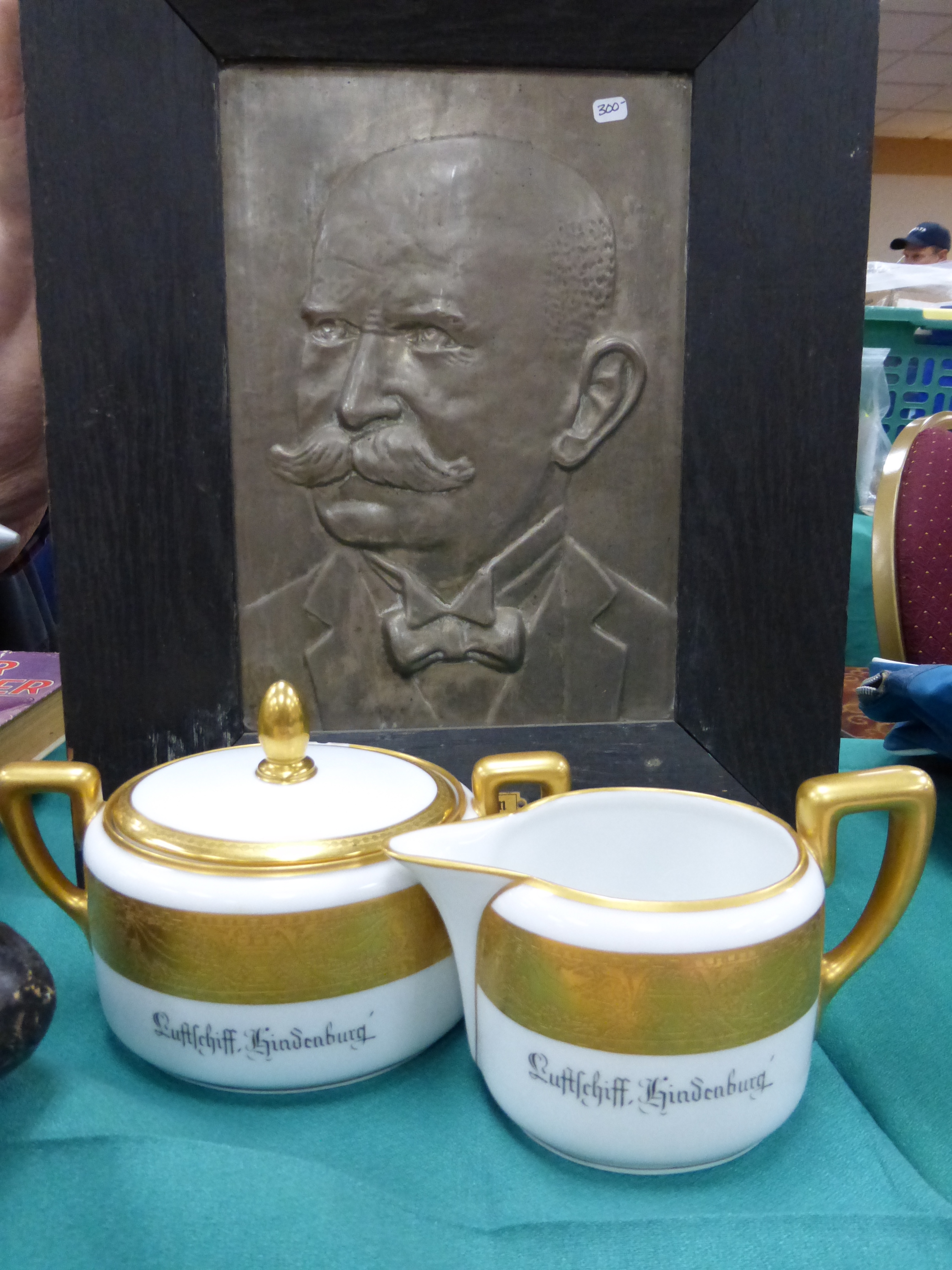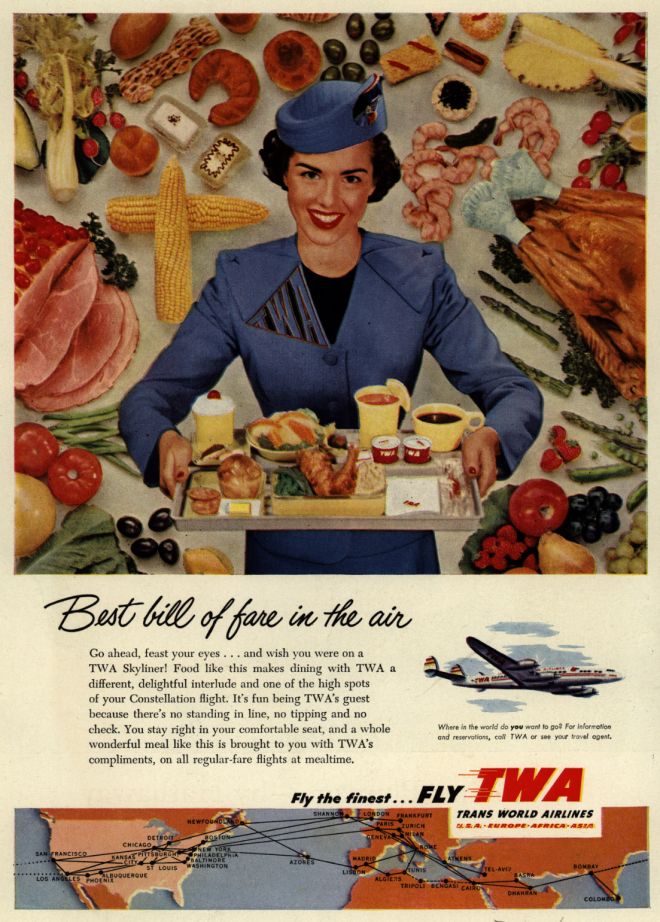For at least 150 years savvy food producers have recognized the advantages of having famous people be seen eating or drinking your brand; Victorian cricketers, famous actors, and even Pope Leo XIII all endorsed various products. (In the case of the pope, it was “Mariani Wine”, a mixture of alcohol and cocaine. He wasn’t the only celebrity endorsement for this powerful mix of stimulants and depressants- Thomas Edison and Ulysses S. Grant also allowed the company to use their likenesses in advertising.)
Astronauts were instant celebrities who could get various endorsement deals once they were back on the ground, but NASA’s policy of refusing to allow branded goods in space meant that even those few items that were available on earth and in space were never mentioned officially. M&M’s were the astronaut’s favorite candy, as the earthside version was perfectly suited to consumption in space, but they were only ever referred to officially as “candy coated chocolates.” The Soviet space program had a reason to be hostile to a capitalist idea like brand advertising, but after the fall of communism the cash-strapped Russian program became receptive to any idea for making money. The first company to make an attractive offer was not a Russian firm, but Pizza Hut, whose namesake product does not seem like a natural candidate for space travel. The bread dough crust can create crumbs that float around the capsule, the toppings have to be firmly glued down with cheese, and pizza isn’t at its best after 30 minutes in the car, so imagine how it would taste after the hours necessary to achieve departure from the earth’s gravitational field. Nevertheless the company was willing to pay a million dollars to have a pizza sent to the International Space Station, so in 2001 a logo was painted on the side of a Progress rocket, seen below guarded by a stern-looking security officer. 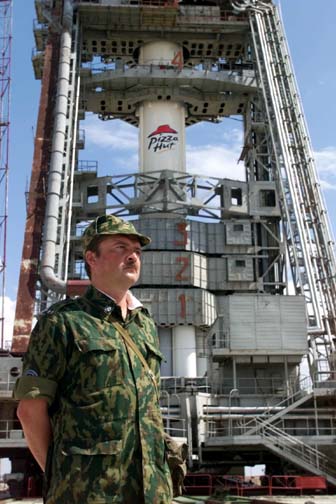
The sight of an American company’s logo on a Russian spacecraft outraged some Russian nationalist groups, but the pizza apparently was popular on the station. The pepperoni that was astronaut Yuri Usachov’s favorite topping was deemed unsuitable so salami was substituted, and extra herbs were added to the sauce to make up for lack of sensitivity to taste that plagues all space travelers. Whether Pizza Hut got their money’s worth for the ad is hard to calculate, but they did get bragging rights for the most distant take-out pizza delivery in history, and that has to count for something.



